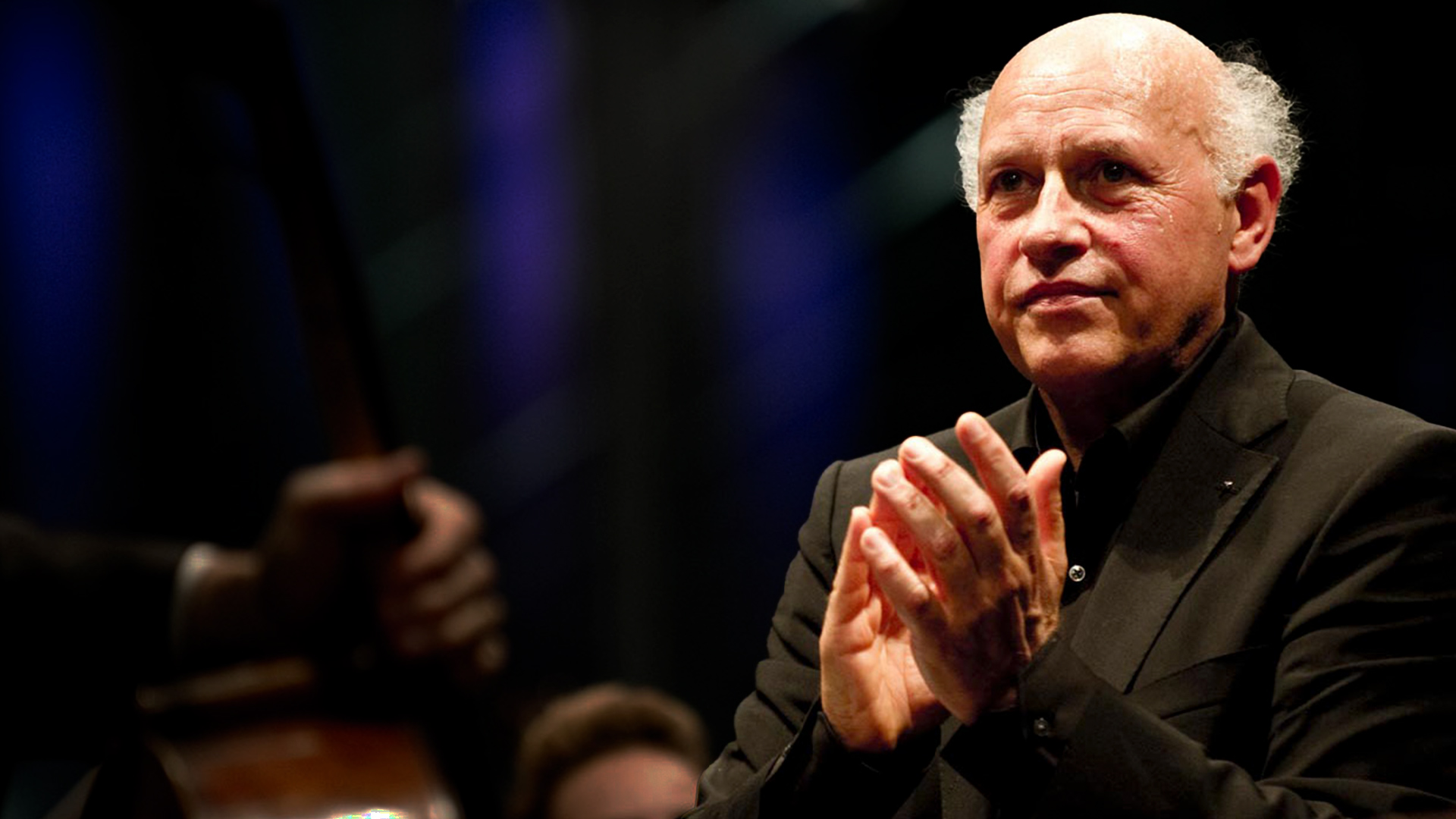WOLFGANG AMADEUS MOZART
Cassation in G major K 63 “Finalmusik”
WOLFGANG AMADEUS MOZART
Serenade n. 13 in G major Eine Kleine Nachtmusik K. 525
SERGEJ PROKOF’EV
Symphony n. 1 op. 25 in D major “Classica“
Conductor
Wolfram Christ
Opera Carlo Felice Genova Orchestra

The history of Cassation K. 63 is rather nebulous; the manuscript is not signed or dated. Despite some doubt that still lingers about the authorship of the composition, most scholars agree in attributing it to Mozart, and placing it around the late 1860s. This is a youthful work, which Mozart composed around the age of thirteen or fourteen, probably with some intervention by his father Leopold, whose handwriting has been noted in several corrections to the score. Cassation consists of seven pieces for an ensemble that includes two oboes, two horns in G, and strings. The whole is kept simple and straightforward, and can be read as an exercise in composition, particularly useful precisely because of the form that allows experimentation with different techniques for each piece. It is no coincidence that the Cassation genre was frequented by Mozart during his early years, always with a light and disengaged attitude, while during his maturity he abandoned it in favor of genres of more articulate structure. The possibility remains open that the absence of a signature can be traced back to the absence of a single composer, and that this Cassation is therefore a miscellany of pieces from various sources.
Serenade n. 13 was composed in the summer of 1787, during a short break from the composition of Don Giovanni. The destination of the Serenade was probably a festive occasion in a relatively small setting, although the ensemble is not strictly chamber music. The character of this piece suggests that it was a pleasant moment of leisure for Mozart, where he could express with the knowledge he had gained in Vienna certain feelings that had been of his Salzburg youth, and which had found the best expression precisely through serenades and divertissements. The opening Allegro, in sonata-form, is one of the most celebrated pieces in the history of music, with an unmistakable rhythm and melody that fully expresses the idea of a festive and dancing atmosphere, highly appreciated by audiences then and audiences now. This is followed by a highly expressive Romanza, in which the dance becomes more relaxed and gentle. The third movement, Minuet and Trio, has a well-balanced function as a transition between the second and last movements, combining the sweetness of the romance with a more assertive piglio, in preparation for the Rondo, where the joyful impetus that had introduced the Serenade is found again, with a certain tension toward the form-sonata, in which the development adds a vaguely troubled trait that gives further color to the whole.
The Classical Symphony was born precisely from the stated intent to compose in the style of Haydn, which was particularly congenial to Prokofiev during his years of study in St. Petersburg. This choice was not intended to fall into the pure exercise of imitation; rather, it was a reinterpretation of the classical style with updated tools and according to a perspective inseparable from the very different historical context. Prokof’ev pondered how Haydn would have composed had he lived in his time, and in the summer of 1917, just before the Revolution caused him to move to America, he completed his first symphony, which was performed under his own direction in Leningrad on April 21, 1918. Formally, this symphony retraces the exact stylistic features of the classical Viennese model, with the first movement, Allegro, in sonata-form, the Larghetto with its lyrical and melodic progression, the Gavotte as a reference to eighteenth-century dance, and the very lively Finale. The major element of innovation, the twentieth-century share of the piece, is a use of harmony that is certainly less stable and measured, more unpredictable. Some of the defining aspects of Prokof’ev’s musical personality remain evident, such as percussive rhythmicity and a subtle irony; this further confirms the originality of the composition, in which the presence of a well-defined compositional ‘I’ is clearly felt.

